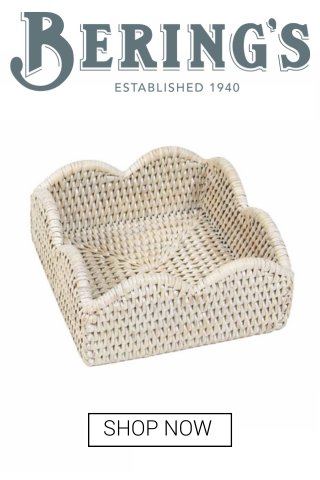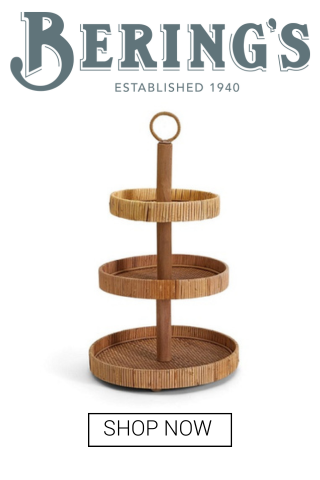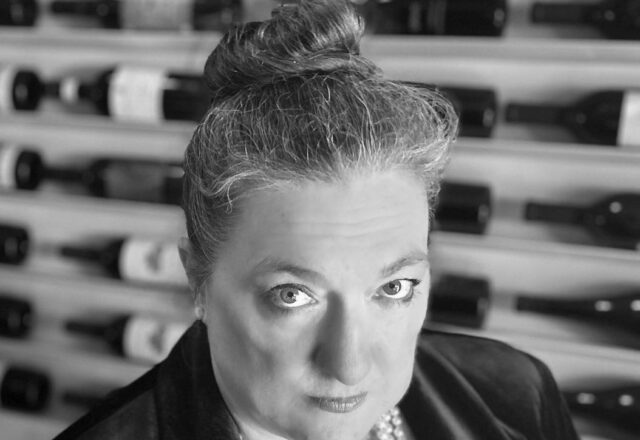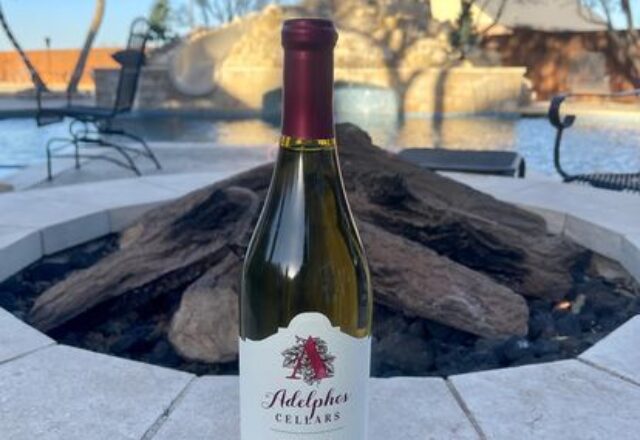Part-Time Job Leads to a Life Promoting Texas Wine — Reddy’s Eric Sigmund On Drinking Local
We're Talking Grapes
BY James Brock // 02.22.21
Texas bottles: Reddy Vineyards is a pioneer in the state's wine industry.
I love to talk about wine with people who share my passion for it. We open bottles, we trade stories about travel and soil types, terroir and residual sugar, and we talk of taste and food and restaurants. We recommend wines to one another, we drink, and we learn a lot.
In Wine Talk, I introduce you to friends, acquaintances and people I meet as I make my way around the world, individuals who love wine as much as I do, who live to taste, who farm and make wine. You’ll appreciate their insight, and I hope you’ll learn something from them as well.
The wine bug can bite hard. Just ask Eric Sigmund. He took a part-time job at Total Wine & More to help pay off his student loans — Sigmund has a law degree — and discovered a new love, one that eventually forced him to put aside a career in international law and enter the world of wine professionally.
Sigmund is now the chief operating officer for Reddy Vineyards, and oversees sales and marketing, distribution, compliance and human resources at the winery, which is based in Brownfield, Texas.
Reddy was founded in 1997 by Dr. Vijay Reddy, whose expertise in soil chemistry and experience as a farmer — cotton and peanuts in India — made him a natural at growing grapes. He came to the United States in 1971 and earned a graduate degree in soil and plant science, then, in 1975, a doctorate. He and his wife Subada started a soil consulting business, which led them to their first grape plantings. Reddy now encompasses more than 300 acres planted with 38 varietals.
Sigmund joined the Reddy team in early 2019, after having spent nearly five years with Total Wine, ending his tenure with the company as an associate buyer. He holds degrees from the University of Iowa and Syracuse (juris doctor). As you will learn, Sigmund is an avid ambassador for the Texas wine industry.
James Brock: How has COVID-19 changed your work and life?
Eric Sigmund: COVID has forced us to become more openminded and flexible. When the initial lockdowns began, in March, we were quick to pivot to maximize our online footprint. We emphasized driving traffic to our eCommerce site, utilized social media for customer acquisition, and brought our story and products into customers’ homes via virtual tastings.

Virtual and online touchpoints will continue to be core elements of our customer-service strategy. We also doubled down on our retail strategy. During COVID, we expanded our retail footprint within Texas and accelerated the development of a new series of wines designed for grocery and fine-wine retailers.
We are extremely proud of these wines, as they provide consumers an affordable 100 percent estate-grown and estate-produced lineup of premium Texas wines that were previously not widely available within the state.
JB: Tell us about three wines you think are drinking well at the moment. What makes them worthwhile? How about a food pairing for each one?
ES: The Reddy Vineyards Field Blend is our flagship wine. The 2017 vintage is drinking great. It’s a proprietary blend from a unique circular-shaped block in the vineyard that is planted with eight varietals. This two acre block is harvested together and co-fermented. Because of the way we craft this wine, it displays many layers, but is also very harmonious, since the wine started as a blend even in the vineyard.
Everything about this wine is a bit unorthodox, but that’s what makes it so interesting to drink. This wine is available on our website for $35 and can be found in several retailers within Texas.
Our 2019 TNT Red Blend is a 63 percent tempranillo and 37 percent touriga nacional. These varietals do exceptionally well in the warmer climate of west Texas and produce an amazing synergy of aromatics, color, body, structure, and flavors when blended together. It’s very “Texas.”
I love to pair this with some good barbecue. The wine is young with good tannic grip, but it is still approachable. It retails for $40, and can be found at retailers including Total Wine and Central Market throughout Texas.
The 2019 Reserve Viognier / Marsanne Blend is our premier white wine. These Rhône whites thrive in Texas. Viognier, in particular, is a star performer, but I really love marsanne, especially when it sees some new oak. I see barrel-aged/fermented marsanne as Texas’ version of oaked chardonnay. This wine was aged 50 percent in new French oak for six months and gives the drinker a lot to enjoy. Secondary notes dominate the aromatic profile, but the viognier lifts the wine on the palate with nice acidity and bright citrus, while the marsanne adds body and creaminess.
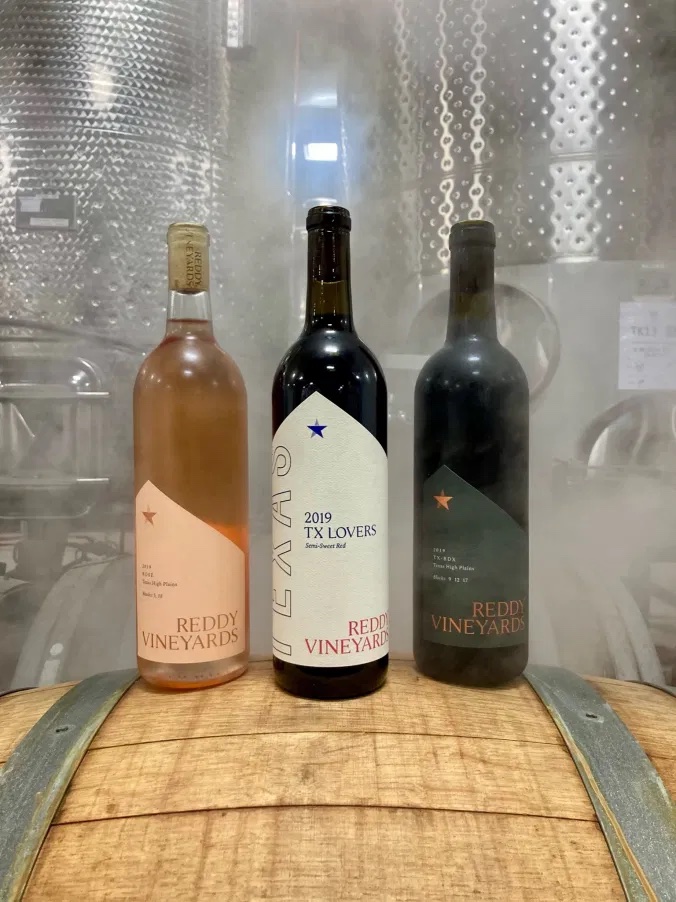
This wine won Double Gold and Best-in-Class Viognier at the 2021 Houston Rodeo Uncorked! International Wine Competition, which is a great accomplishment. Pair it with lobster, scallops, or poultry. You can buy it on the Reddy Vineyards site ($50).
JB: If cost was no consideration, tell us the one bottle you would add to your personal collection, and why.
ES: This question doesn’t resonate with me. When searching for wines to buy, I’m looking for new and interesting experiences. Perhaps it’s a varietal or a region I don’t frequently taste, an up-and-coming producer, or the wine was made utilizing an interesting technique.
I’ve enjoyed plenty of rare, blue-chip wines, and there are many more I haven’t had the opportunity to taste, but seeking these wines doesn’t interest me. Wine needs to be more accessible (but don’t confuse accessibility with availability for the sake of quantity), so I’m generally looking for wines $50 and under, which overdeliver and can serve as a reference point for emerging trends or further research.
Currently, I’m particularly interested in aged (dry) white wines. These wines can be misunderstood and underappreciated. The best white wine I have ever tasted was a 2012 Texas viognier that I drank last year, the Pedernales Cellars Reserve Viognier. It retails for about $40.
It was exquisite — a true wine epiphany moment. It was still youthful and bright but had developed seemingly endless complexity. Every time I sipped it, I tasted something different, and the wine continued to evolve over the next two hours as I drank it. That experience helped reshape my perception of old whites and of the incredible potential of Texas wine. (Editor’s note: The fruit for the Pedernales viognier came from Reddy Vineyards.)
JB: What is your favorite grape, and why?
ES: I’ve always been particularly fond of syrah. I love a bold and spicy Syrah from Rhône and enjoy expressions from Barossa or McClaren Vale as well. Meaty versions can be a lot of fun to drink, too. Syrah just hits the right notes — the dark fruit, the structure, the depth — it’s what I’m looking for in a big red.
JB: How about one bottle that our readers should buy now to cellar for 10 years, to celebrate a birth, anniversary, or other red-letter day?
ES: Our 2019 Reddy Vineyards Reserve Cabernet Franc is tremendous. It is a blend of 89 percent cabernet franc and 11 percent petit verdot. 100 percent new French Oak. This wine was just released and will age well for a very long time. It sells for $75.
JB: Where is your go-to place when you want to have a glass or bottle (outside of your home and workplace)?
ES: To be honest, when drinking outside my home, I tend to drink beer and cocktails. I like to drink something new every time I enjoy a beverage. It is much easier to find new and unique items on a beer list or cocktail menu since these rotate more frequently.
Unfortunately, too many wine lists tend to be static and feature the usual suspects. Plus, the wine markups at restaurants are just crazy when I can purchase that item for a third of the cost at my local retailer.
Good cocktails are handcrafted, so they are more unique to the restaurant. This is a huge problem for the wine industry. I’d encourage restaurant owners who are passionate about wine to focus on smaller, rotating menus that will keep guests interested.
One positive of COVID is the wide adoption of eMenus, which makes it easier and more cost-effective for restaurateurs to run dynamic beverage lists. I hope this will continue long into the future.
JB:If there was one thing you wish everyone would keep in mind when buying and drinking wine, what is it?
ES: I’d encourage customers to think more about where the wine came from and how it was made. Don’t be afraid to ask questions of the wine steward at your local wine shop. Hopefully, that person can help guide you — in a well-informed but unpretentious manner — to find a wine that not only fits your taste preferences, but also your values.
At the same time, shopping for wine shouldn’t have to be a chore. This is another challenge for the wine industry as a whole. This burden falls to the producers to be more transparent and communicative of these facts with consumers. It’s great to see more producers leaning towards transparency, but the wine industry should also be wary of those who try to capitalize on marketing things like “clean wine.”
This, too, can be dangerous for the industry by legitimizing misperceptions and creating misinformed customers.
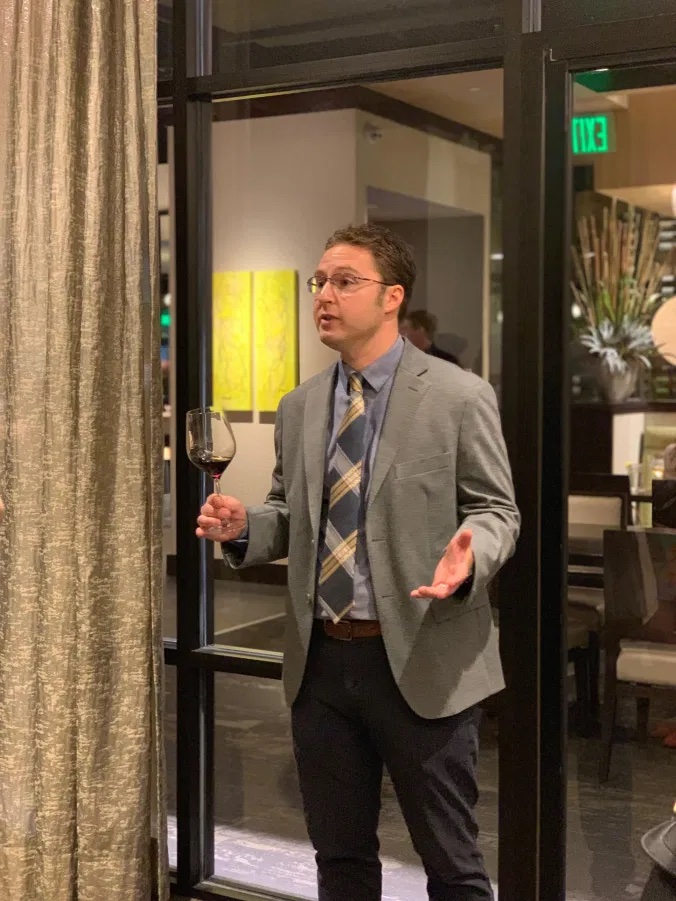
JB: What is your “wine eureka moment,” the incident/taste/encounter that put you and wine on an intimate plane forever?
ES: I previously described an experience I had with a Texas viognier, which solidified my belief of the world-class quality of Texas wine. I’ve only had two other wines that elicited the same type of “eureka moments” — so these are very rare.
Instead, my passion for wine developed as I began working a second job as a wine associate in a local Total Wine & More to help pay off student loans. At that time, I was a practicing attorney who had zero experience with wine. For me it was, and continues to be, “discovery”. Each wine tells a story — about place, about geography, about weather, about people or family, about heritage, about the future — that is captivating.
There are also countless links between law and the alcohol business that add another layer of intrigue. Today, more than anything, I love sharing my passion for wine with others and seeing that same spark ignite interest in this journey of discovery.
JB: What has been the strangest moment/incident involving wine that you have experienced in your career?
ES: Recently, I led a tasting at Cadillac Wines in Fort Worth, Texas. This tasting was set up through our distributor and I had never visited the location before the event, but had heard they were known for carrying a nice assortment of high-end boutique wines.
When I arrived, I pulled into a Cadillac dealership. I was confused. There was a small sign upon entry that read “Cadillac Wines” and offered a direction to follow. I drove through the dealership and found no sign of anything related to wine. I Googled the shop again and, apparently, I was in the right place. I eventually parked and went inside to a beautiful showroom. Lots of luxury cars, no indication of wine.
Finally, as I walked towards the main reception area, I saw an incredible floor-to-ceiling wine cellar at the end of the hall. This 12’x20’ cellar was filled with unique and rare wines and is a destination for wealthy wine collectors. Now dazed and confused, I proceeded to taste through a selection of our wines with folks shopping for cars and loyal followers of the Cadillac Wines mailing list, right in the middle of the dealership. This was easily one of the strangest tasting experiences I’ve had in my career.
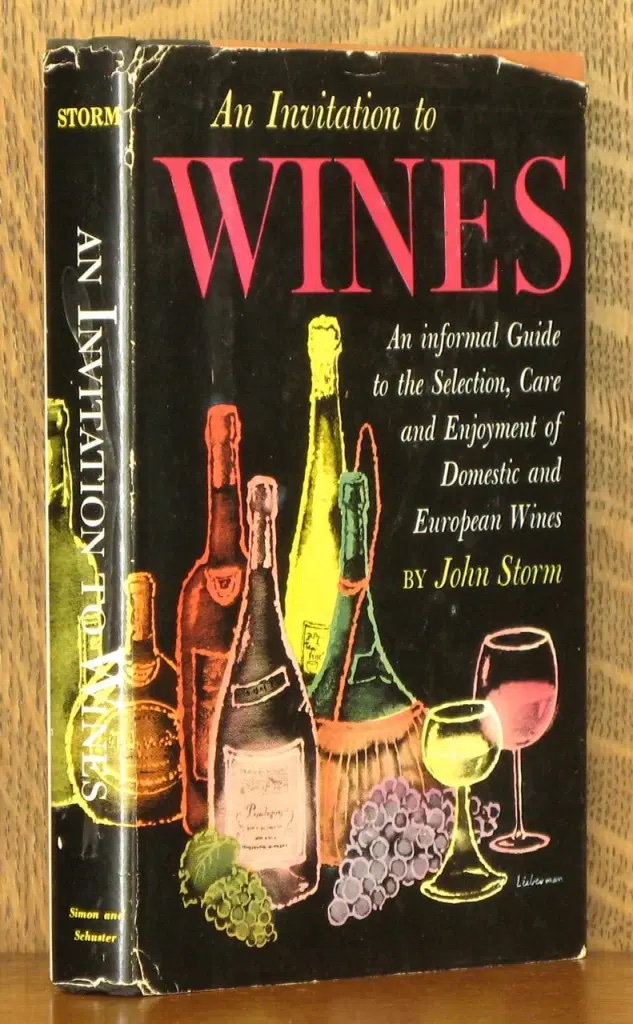
JB: Your favorite wine reference in a work of literature?
ES: I thoroughly enjoyed reading An Invitation to Wines, written by John Storm and published in 1955. This book was written as a guide to introduce “uncomplicated people” who “consume millions of gallons of wine without any folderol whatsoever — without purrings or posturings or poetic rhapsodies” to the world of wine.
Widely outdated on many levels, it’s a glimpse into the post-Prohibition wine industry and how wine was perceived at the time. Interestingly, there are many parallel challenges observed by Storm that continue today. It an interesting and humorous read (the latter certainly not intended) that provides perspective into the world of wine that was and the challenges we face today.
For more wine, travel and other stories from James Brock, check out Mise en Place.


